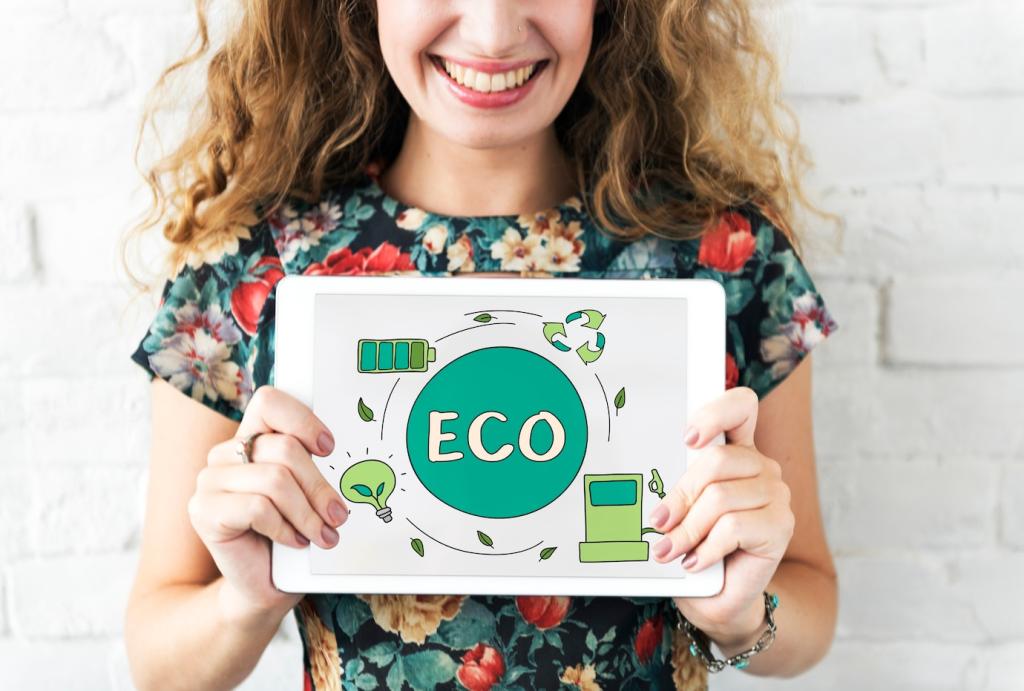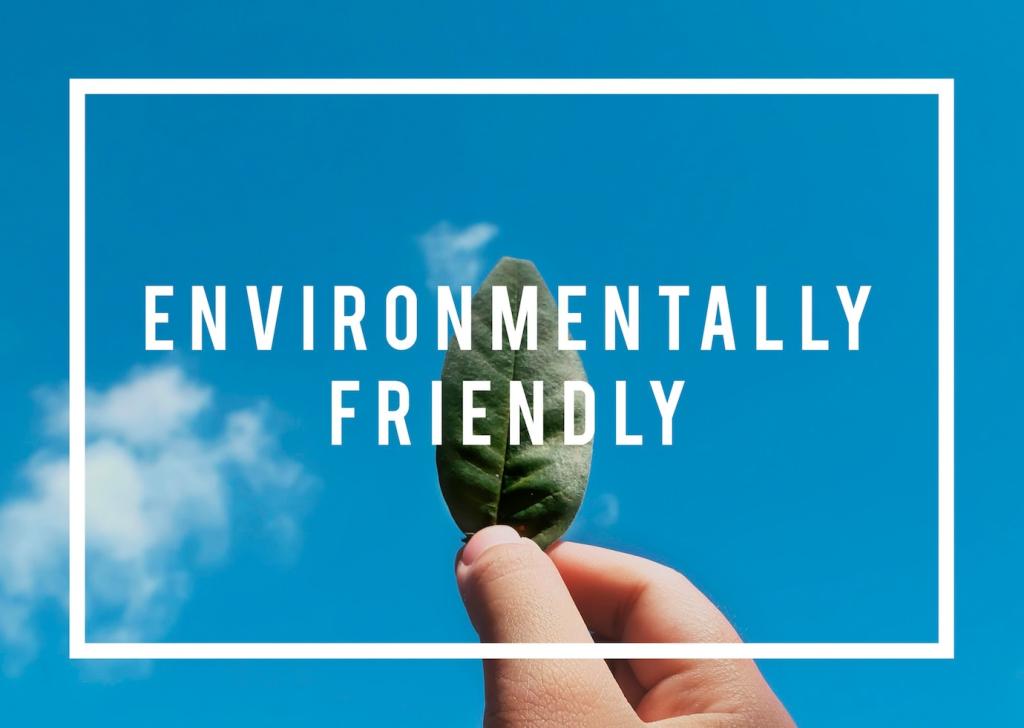What Sustainable Fashion Really Means
Sustainable fashion balances fair wages, reduced environmental impact, and clothes that truly last. It’s less about perfection and more about progress—choosing items you will rewear, repair, and cherish across seasons instead of chasing trends.
What Sustainable Fashion Really Means
Look for clear data, third-party certifications, and specifics on materials and factories rather than vague phrases. When brands name mills, share audits, and publish targets with timelines, you can hold them accountable—and feel confident buying less but better.








